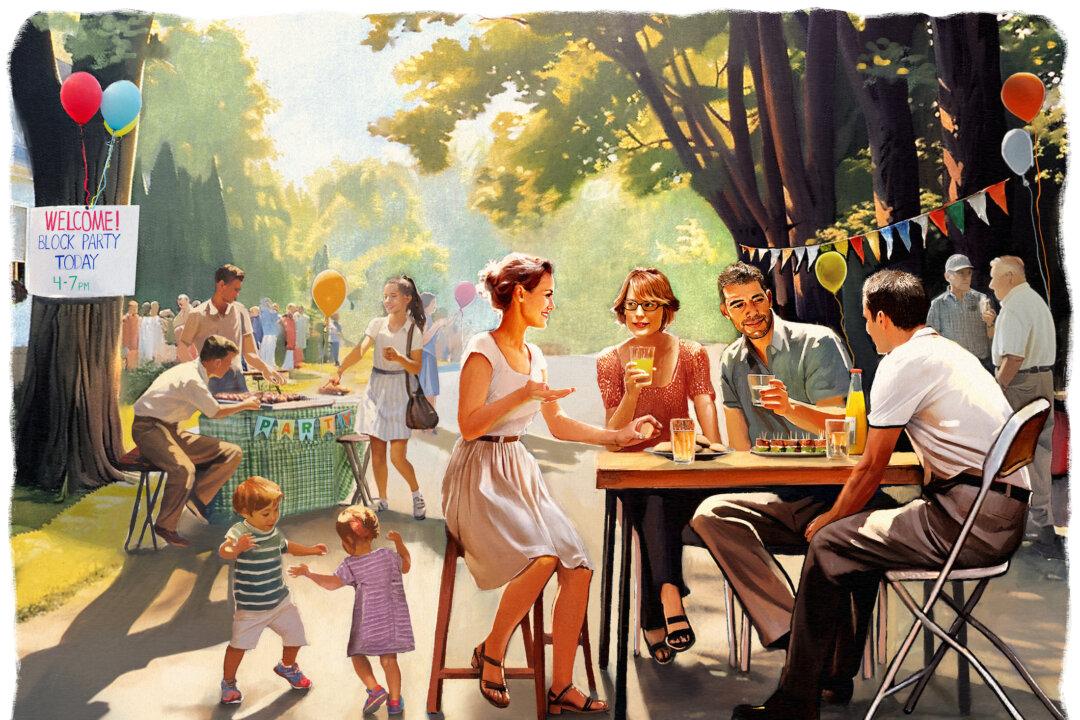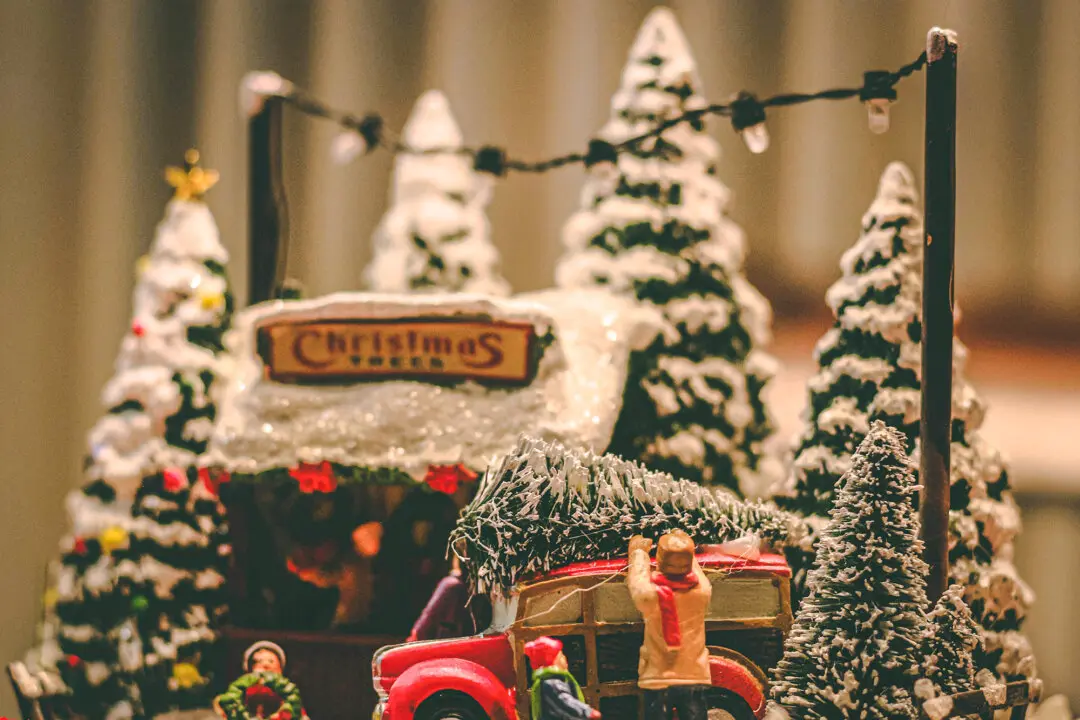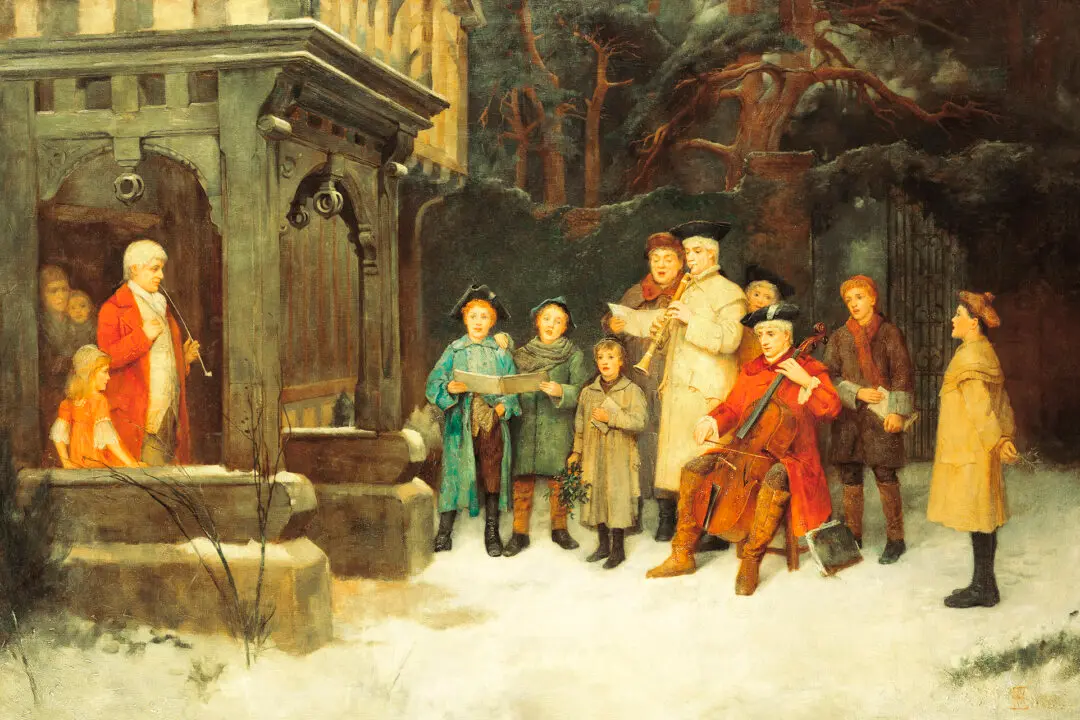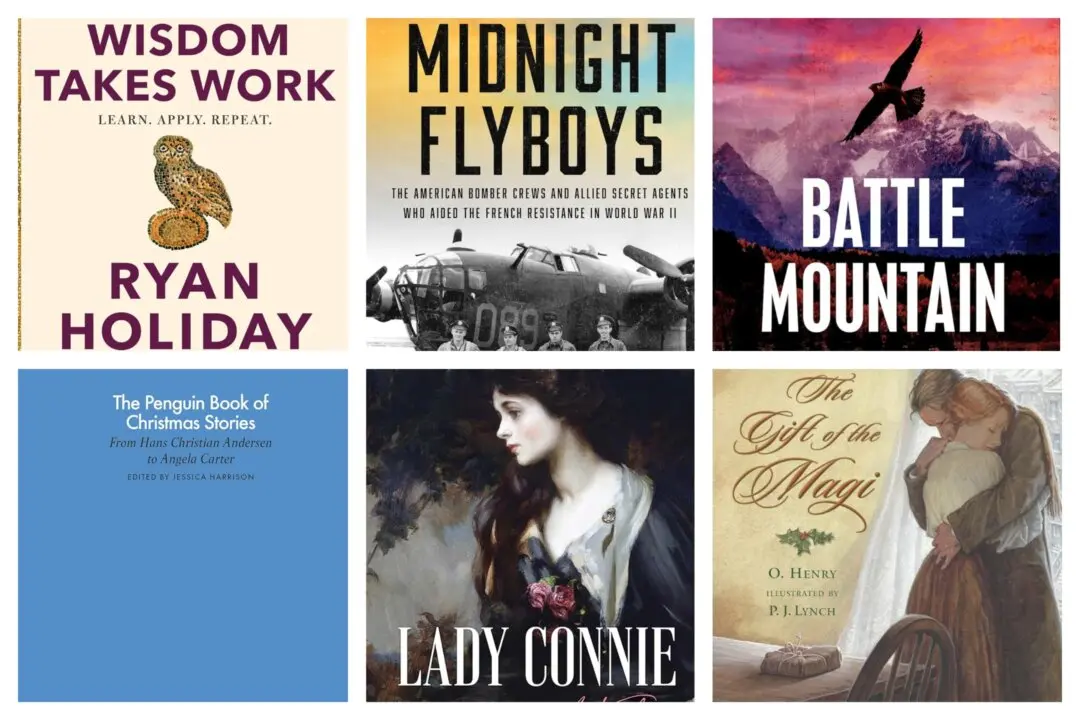For Vanessa Elias, a childhood memory sparked an idea that has the potential to build stronger communities all across the United States.
Her family moved many times when Ms. Elias was growing up. At one point, they lived in Saint Louis, Missouri, for 18 months on a cul-de-sac near a farm. It was there that one special summer evening gave her an instant sense of belonging to a community.






